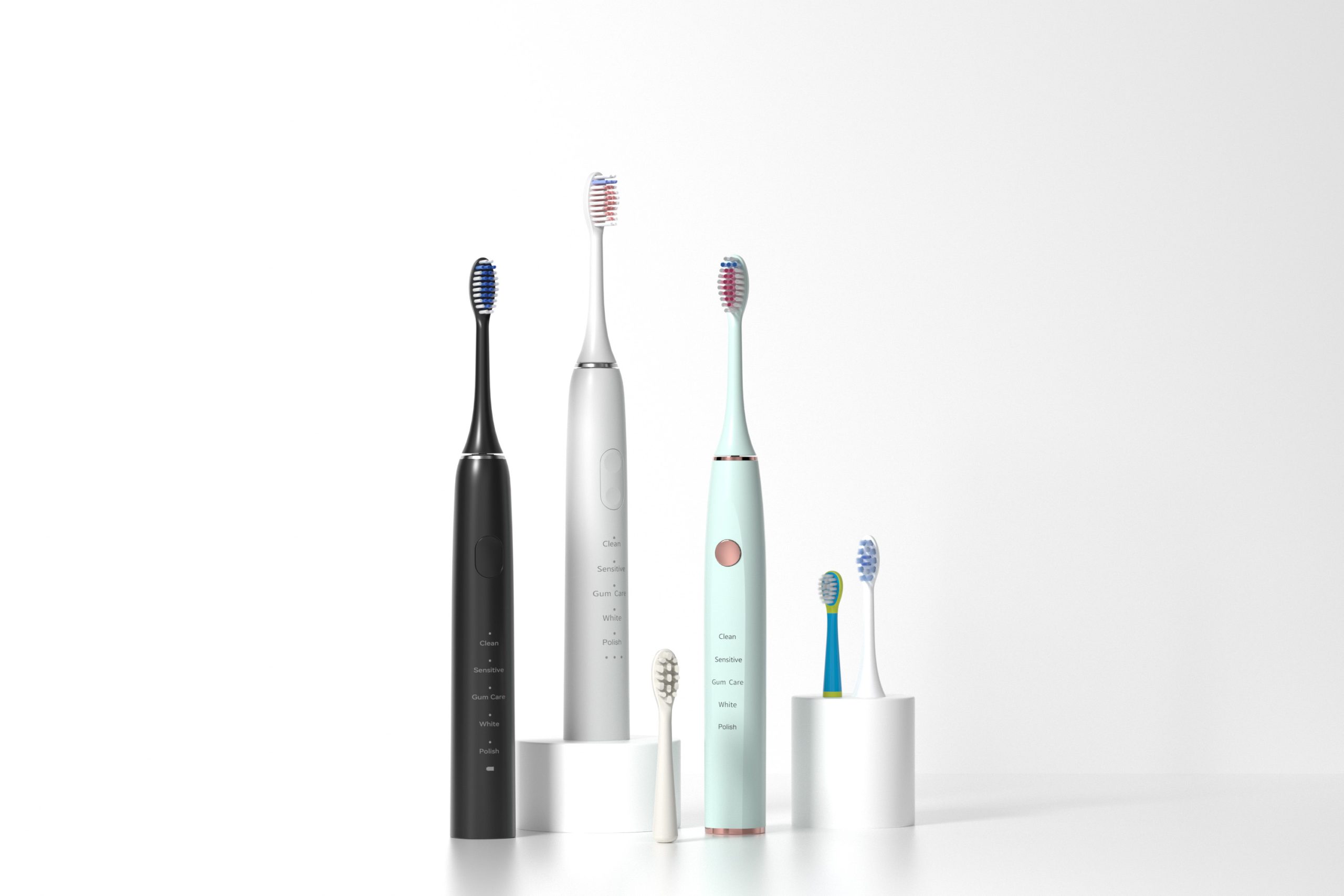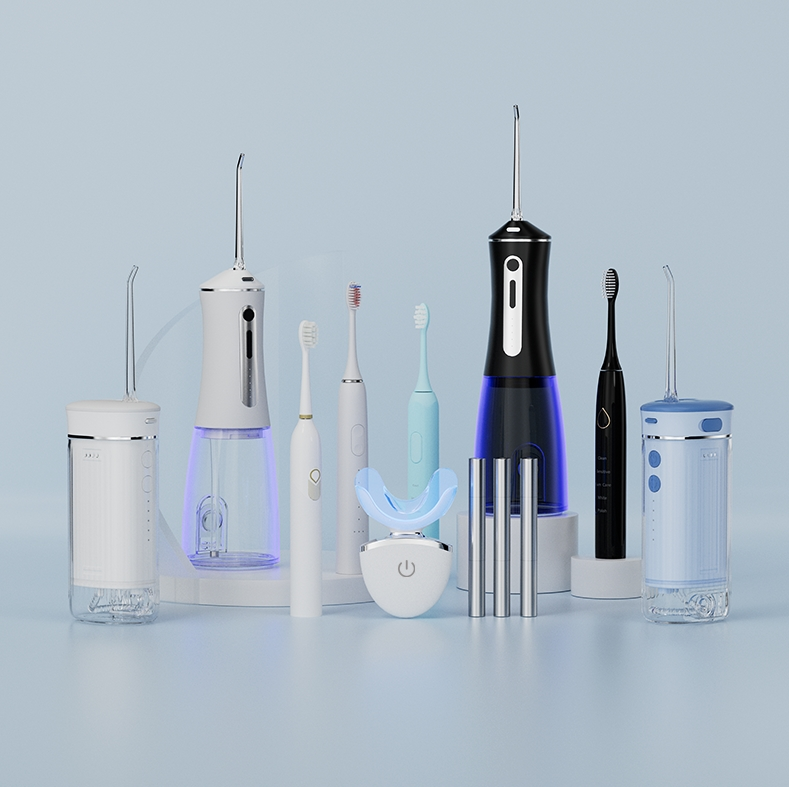In high-precision oral care systems, valve jamming is often viewed as a mechanical fault—disrupting fluid control and device reliability. But recent field data suggests a more nuanced concern: could valve malfunction contribute to salivary alteration? As the connection between device performance and oral health becomes more interlinked, it’s essential to explore how a small mechanical failure might lead to a perceptible shift in the user’s salivary experience—and whether this is preventable or fixable.
In devices like water flossers and powered toothbrushes with irrigation features, internal valves manage the flow rate and pressure of liquids. These valves play a crucial role in controlling:
Valve jamming occurs when particulate debris, misalignment, or material fatigue causes the valve to stick in a partially open or closed position. This leads to inconsistent water delivery and possibly air infusion—altering how the mouth feels during operation.
A jammed valve may cause:
These fluctuations can have a direct influence on the salivary glands and mucosal response. Users may report a dry, overly hydrated, or metallic sensation, which they associate with changes in natural saliva production or composition.
Salivary alteration linked to valve jamming may result from:
Although these changes are typically temporary, frequent exposure may disrupt salivary balance, particularly for users with pre-existing oral sensitivities.
B2B manufacturers must examine:
Even micro-scale defects can increase the risk of valve jamming, especially in compact, high-frequency-use designs. Predictive wear modeling and lifecycle testing are essential.Company web:https://www.powsmart.com/product/electric-toothbrush/
-300x300.jpg)
-300x300.jpg)
To mitigate the risk of salivary alteration due to valve jamming, manufacturers should implement:
Designing for durability is important, but designing for safe failure (i.e., minimal impact when components do jam) is equally vital in oral devices.
For OEM and ODM partners, the link between mechanical failure and biological reaction presents both a risk and an opportunity. If a user associates your product with discomfort—even something as subtle as salivary alteration—brand trust erodes. On the other hand, proactive quality assurance, precision component engineering, and transparent communication about device hygiene can strongly differentiate a product line.
B2B buyers should prioritize suppliers who conduct:
Though valve jamming might seem like a minor hardware issue, its effects can ripple out into salivary alteration and user discomfort. The good news? With better material choices, refined internal design, and robust validation protocols, the issue is indeed fixable. For forward-thinking B2B manufacturers, resolving this link is not only a technical imperative but a strategic advantage in an increasingly user-sensitive market. Contact Kiwibird
.jpg)
Executive Diwali gift or Status symbol toothbrush — what truly impresses?
Split Bristles Linked to Enamel Cracks? 90% of Users Ignore This Danger!
Electric Toothbrush Parts & Accessories Supplier

The Growing Potential of the Oral Care Business: Trends, Opportunities & Market Insights
.jpg)
Customization Guide for UVC Sterilization of Water Flossers: Scientific Matching of Wavelength, Irradiation Time and Waterproof Design
OEM Smart Toothbrush Manufacturer | Custom B2B Solutions for Global Brands
Frequent Allergy Reactions to Whitening Kits: Is Cold-Light Technology to Blame?
Wholesale Electric Toothbrush Distributor USA | Reliable B2B Supply Partner
Electric Toothbrush Private Label Supplier | Build Your Custom Brand Line
Dental Clinic Toothbrush Bulk Supply | Reliable Oral Care Distributor

Need Water Flosser OEM Manufacturing for a New Cordless Water Flosser Manufacturing Line?
Smart Toothbrush with Bluetooth Bulk

Oral care beauty trend :How Oral Care Became Beauty’s Sexiest New Category
Light Decay Causing Gingival Discoloration?

Are Oral Care Products Suitable for TK Small Businesses?

How Does Integrated Water Flosser Accessory Production Optimize Your Oral Irrigator Bulk Pricing?

Customization Teeth Whitening Gel

electric toothbrush heads Deep Clean

electric toothbrush heads Regular Clean

Private Label Whitening Gel

electric toothbrush heads Charcoal Infuse-Round
.jpg)
Florida Electric Toothbrush – Powsmart PTR-C8

Electric toothbrush heads Charcoal Infused-Diamond

electric toothbrush heads Ultra Soft
whstapp
whstapp
National Toll-Free Service Hotline
+86 755 86238638